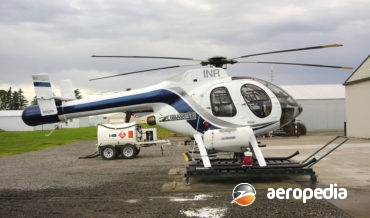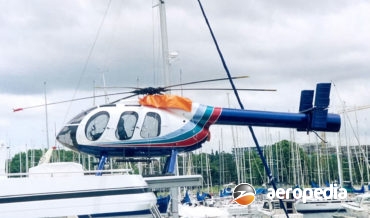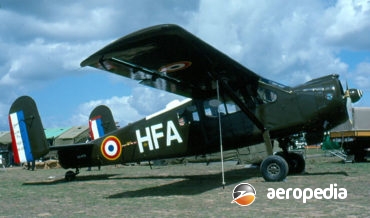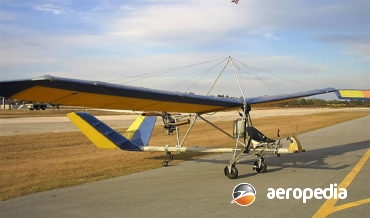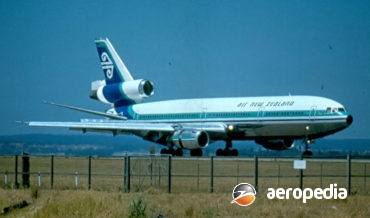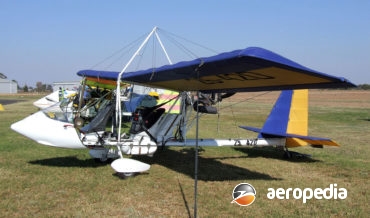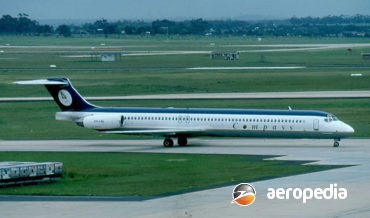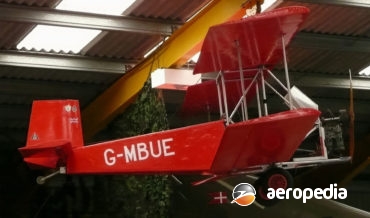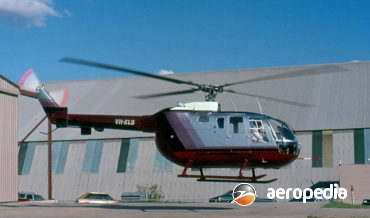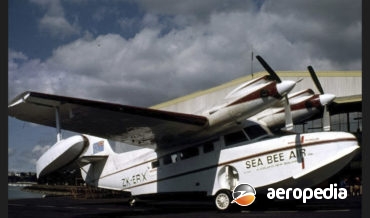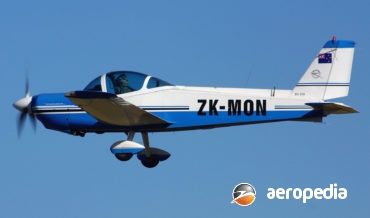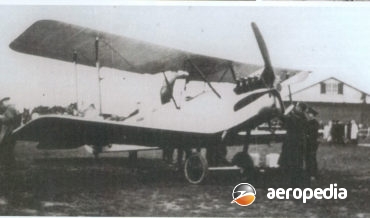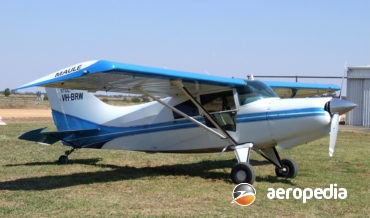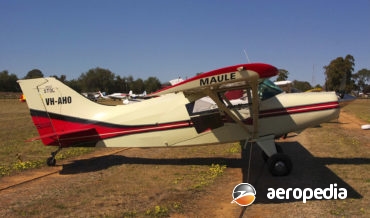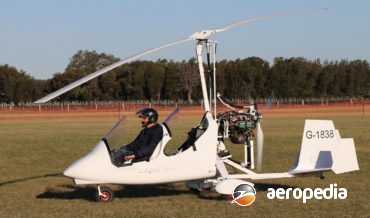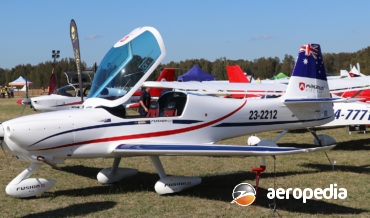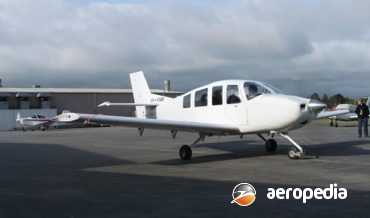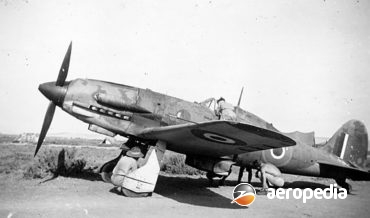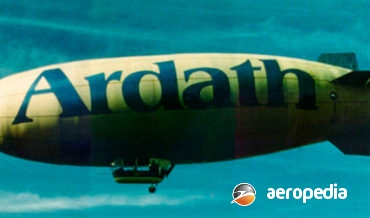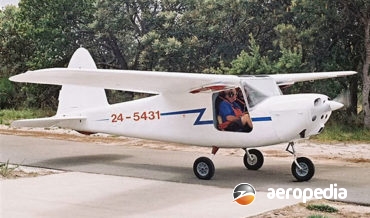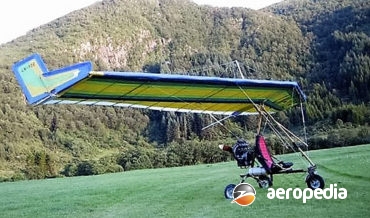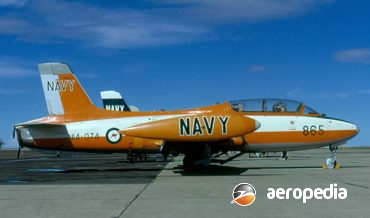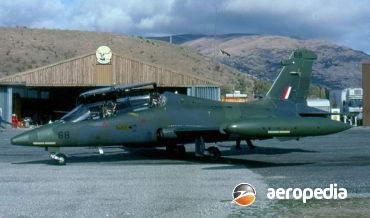All Contents
Contents
The Bush Cocky is a single-engine single-seat light sporting aircraft designed by John McCarron in Queensland and is a development of the Winton Cricket and Jackaroo series for the ultra-light aircraft market.
David C. Eyre
- May 8, 2019
The McCulloch J-2 was a two-seat, side-by-side, light autogyro, the prototype of which was flown for the first time in June 1962.
David C. Eyre
- May 8, 2019
The M-9 series was introduced to the Maule range of aircraft in 2003 and was offered with four engine options, one of which is the SMA SR-305 diesel engine providing 172-kw (230-hp), this model, known as the M-9-230 being first shown at the EAA event at Oshkosh in 2007.
David C. Eyre
- May 8, 2019
In January 1988 McDonnell Douglas Helicopter Company announced its intention to develop a version of the MD-500 series using its NOTAR (No tail-rotor) anti-torque system, with the first aircraft to fly in May 1989.
David C. Eyre
- May 8, 2019
The Monoswift is a single-seat high-performance sporting monoplane designed to resemble in many ways a scaled down P-51 Mustang. It was designed and built in New Zealand by Maurice Paton.
David C. Eyre
- May 8, 2019
A derivative of the MD-520N, the MD-600N prototype was unveiled at the Helicopter Expo in Las Vegas in January 1995, the concept having been announced in November 1994
David C. Eyre
- May 8, 2019
The MH.1521 Broussard is a light utility transport seating six designed and built by Avions Max Holste at Rheims, the prototype being flown for the first time on 17 November 1952.
David C. Eyre
- May 8, 2019
The MD900 Explorer was formally launched by McDonnell Douglas Helicopters as the MDX in January 1989.
David C. Eyre
- May 8, 2019
The first commercial ultralight aircraft was the Scout designed by Ron Wheeler in Sydney and tested in 1972 and at that time put into series production.
David C. Eyre
- May 8, 2019
The Douglas DC-10 series, or McDonnell Douglas DC-10 as it became known following the amalgamation of McDonnell with the Douglas Aircraft Company, was designed to meet a requirement of the US domestic airlines in 1966 for a large capacity medium-range aircraft.
David C. Eyre
- May 8, 2019
The Drifter is a single or two-seat light open cockpit aircraft usually registered under AUF / RAA rules and produced in a number of variants with a variety of engines.
David C. Eyre
- May 8, 2019
The McDonnell Douglas MD-80 series, or Douglas DC-9 Super 80 Series as it was originally known, was the outcome of a continuous process of evolution and development from the basic and very successful DC-9 series, being basically a stretch of the DC-9 with new engines and designed to be more
David C. Eyre
- May 8, 2019
With the growth of the ultralight movement in the 1980s a number of people around the world commenced to design and build various forms of ultralight aircraft but many suffered from the lack of a suitable engine.
David C. Eyre
- May 8, 2019
Mr Alan William McFarlane of Coburg, VIC in 1936 purchased an incomplete Heath Parasol light aircraft, work on which had been carried out by a Mr James Keen.
David C. Eyre
- May 8, 2019
The BO-105 was one of the first light, twin-engine turbine helicopters built, using an advanced rotor developed with the assistance of Aerospatiale, with fibreglass blades attached to a flexible hub of forged titanium.
David C. Eyre
- May 8, 2019
The history of the Grumman Goose is dealt with elsewhere and need not be dealt with in any detail here.
David C. Eyre
- May 8, 2019
The Monsun was a two-seat light monoplane built in Germany in the 1960s and produced in some numbers with the Lycoming O-320 engine.
David C. Eyre
- May 8, 2019
The Mynah was an ultra-light designed by Wallace McNair and built in Auckland, New Zealand in the mid 1980s and its construction was along the lines of the Lincoln Sport.
David C. Eyre
- May 8, 2019
On 28 June 1896 Mr Gotthilf [George] Mackenzie Jnr was born at Woorak VIC. He from a young age was interested in aviation and built model aircraft and in 1917 joined the Australian Flying Corps, commencing duties as a rigger at Point Cook.
David C. Eyre
- May 8, 2019
The Maule M-4 series of light STOL monoplanes was designed by Belford D Maule for Maule Aircraft Corp in 1960, and more than 1,600 examples have been delivered in a variety of models and production continues in Georgia.
David C. Eyre
- May 8, 2019
The M-16 series is one of a series of gyrocopters produced in Italy by Magni and is aimed at the training market for gyrocopters, the machine being longer and wider in the cockpit area, having a larger windscreen, an optional removable rear seat windscreen, a larger instrument panel, standard electric
David C. Eyre
- May 8, 2019
The next series was the M-7, which commenced with the M-7-235 Super Rocket five seater with a 175-kw (235-hp) Avco Lycoming IO-540-W engine; MX-7 Star Rocket with the short span wing of the M-5, increased fuel capacity, ailerons and flaps of the M-7, and the fuselage of the M-6, and
David C. Eyre
- May 8, 2019
Photograph: Magni M-22 Voyager G-1838 at Cessnock, NSW in September 2018 (David C Eyre) Country of origin: Italy Description: Power Plant: (M-22): one 75 kw (100 hp) Rotax 912S four-cylinder horizontally-opposed liquid and air cooled engine. Specifications: Rotor diameter: 8.53 m (28 ft) Propeller diameter: 1,7 m (67 in) Overall
David C. Eyre
- May 8, 2019
Photograph: Magni M-24 Orion G-1818 (c/n 24127544) at Temora, NSW in March 2013 (David C Eyre) Country of origin: Italy Description: Two-seat sport gyrocopter Power Plant: (M-24): one 86 kw (115 hp) Rotax 914 turbocharged four-cylinder horizontally-opposed liquid-and-air cooled engine Specifications: Rotor diameter: 8.53 m (28 ft) Propeller diameter: 1.7
David C. Eyre
- May 8, 2019
The Merlin was designed in 1986 by John Burch in Canada as a two-seat light aircraft for the amateur construction market.
David C. Eyre
- May 8, 2019
The Magni series of autogyros is produced by Magni Gyro di Magni Vittoria at Besnate in Italyfor the worlds light sports aircraft market. The M-14-Scout 2000, known as the Millenium model, has either the Rotax 914 turbo engine of 86-kw (115-hp) or Rotax 912 ULS 75-kw (100-hp) engine installed.
David C. Eyre
- May 8, 2019
The AM-3 was a joint venture by Aerfer Industrie Aerpospaciali Meridionali SpA of Turin, and Aermacchi of Varese, to produce a three-seat light tactical support and observation aircraft
David C. Eyre
- May 8, 2019
The NM5-100 was designed as a joint development by CSIR-National Aerospace Laboratories [NAL] and Mahindra Aerospace Pty Ltd in India as a multi-mission general aviation aircraft to meet the requirements of air-taxi, training, tourism, cargo and executive aircraft operators, and has been designed to meet FAR Part 23 normal category
David C. Eyre
- May 8, 2019
The C.202 Folgore (Lightning) was first encountered by allied forces over Sicily in 1941 and was found to be the Regia Aeronautica’s (Italian Air Force) first fighter aircraft able to cope with allied fighter aircraft and was reported to retain the beautiful control co-ordination and superlative manoeuvrability which had characterised
David C. Eyre
- May 8, 2019
The Shrike was a development of the Victa Aircruiser. The rights to the Aircruiser had been obtained by AESL (Aero Engine Services Ltd) from Victa Consolidated Industries when it closed its aircraft manufacturing plant at Milperra, NSW and it was re-designed and became the AESL CT-4 series in New Zealand.
David C. Eyre
- May 8, 2019
Photograph: Macchi C.205V MM9377 whilst with No 3 Squadron RAAF in North Africa (Author’s collection) Country of origin: Italy Description: Single-seat fighter and fighter bomber Power Plant: One 1,100 kw (1,475 hp) Fiat RA.1050 RC58 Tifone 12-cylinder VEE liquid-cooled engine Specifications: Wingspan: 10.58 m (34 ft 8½ in) Length: 8.85
David C. Eyre
- May 8, 2019
The MA-1 airship was designed by Mantainer Pty Ltd of Airport West, VIC, the project being initiated by Mr A Norton with assistance from Mr B Blake, an aeronautical engineer. After construction, the machine (registered VH-PSE) made a number of test flights in 1978 at the Sports Aviation Soaring Centre
David C. Eyre
- May 8, 2019
Manufactured by Aeronautica Macchi SA at Varese in Italy, the MB-308 was built in two basic variants, the two-seat 308 and the three-seat 308G.
David C. Eyre
- May 8, 2019
The Foxbat was one of a number of designs by William Armour which for some years was produced by Manta Products Inc of Oakland California.
David C. Eyre
- May 8, 2019
Preliminary design work on the MB-326 series began in 1954. Construction of a prototype also started during that year, and the first flight was made in December 1957.
David C. Eyre
- May 8, 2019
In 1909 the Australian Government offered a prize of £10,000 ($20,000) for an Australian made aeroplane which would be suitable for what was then considered to be military purposes.
David C. Eyre
- May 8, 2019
For some years the New Zealand Government considered a replacement for the ageing and fatigue prone Strikemasters with No 14 squadron at Ohakea and, after postponing selection a number of times, announced the purchase of either 16 or 18 MB-339Cs in early 1990 –the RNZAF eventually receiving 18 aircraft with
David C. Eyre
- May 8, 2019
The Martin Aircraft Co Ltd is based in Christchurch, NZ, and was formed in 2004 with the assistance of investors, subsequently putting together a team of engineers to continue and complete the development of the Jetpack designed and built in the United States many years before by Glenn Martin.
David C. Eyre
- May 8, 2019
Recent Comments
Archives
Categories
- No categories
Categories
- No categories
Latest Posts
Newsletter




